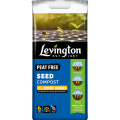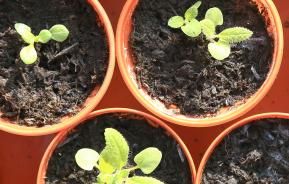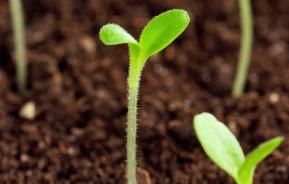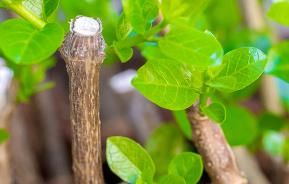What is propagation?
Sexual propagation
This involves a contribution from both male and female plants to create a new plant. It is a natural process in which a parent species create an offspring with different genetics to them. The process begins with flowering, followed by pollination, fertilisation and finally seed formation.
The created seeds when sown form completely new plants. This is the simplest, easiest and most economical type of propagation and has a few advantages.
For some plant, tree, vegetable or fruit species sexual propagation is the only way to reproduce, therefore it is essential. This leads to the ability to create new, better crop species that are stronger, disease-resistant and have a longer life span, whilst also preventing viral transmission from parent plants.
It is the only process which allows for large numbers of crops to be planted all with genetic variation, which is responsible for continuous evolution that keeps producing better offspring. Once the seeds have been created they are easy to be transported and stored.
Asexual propagation
This can also be known as vegetable propagation as it involves producing new plants through vegetative parts of the plant such as roots, leaves, stems, bulbs and tubers. As the new plant is formed from a single parent there is no genetic exchange involved, resulting in the created plants being identical to the parent plant; these are also known as clones.
The most common methods for this process of propagation are by cuttings (see our guide on taking cuttings), division, layering and grafting/budding. There are a few advantages to using this process as it allows plants that do not produce seeds to be grown with only a single parent therefore it will not require pollination or cross-pollination.
Generally, the process of asexual propagation is faster than sexual propagation helping in rapid generation of crops which can retain beneficial traits from the parent plant. Certain techniques can also be used to recover or repair damaged plants.
As stated there is more than one method for asexual propagation, here are a few to get you started...
How to propagate plants
Cuttings
A cutting is a vegetative plant part which is severed from the parent plant and rooted in order to regrow and form a whole new plant. The most common types are stem, tip and leaf cuttings. When planting cuttings a rooting medium is used such as coarse sand, vermiculite, soil, water or a mixture of peat and perlite. These materials are used in order to create a sterile environment, which is low in fertility and drains well in order to provide enough oxygen whilst retaining enough moisture.
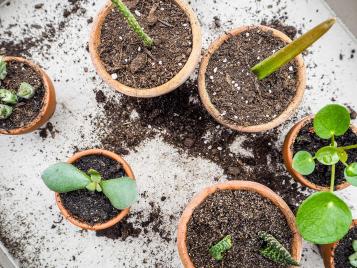
Stem cuttings
These are used for plants with a woody or semi-woody stems, such as ivy, azaleas and roses. A length of the stem is cut off and placed in the rooting medium until new roots have formed. It can then be transferred to a plant pot to continue growing.
Tip cutting
These are commonly used for most multi-stemmed plants. A tip about 10-15cm in length is cut from the main stem or a side branch just below a node (where the leaf and stem meet). The lower leaves and flowers are removed and the cut end is dipped in rooting hormone powder and planted in a rooting medium, making sure the leaves are well above the soil. An alternative method without hormone powder is to place the cut tip in water until roots form, after which it can be removed and potted. Once potted keep the base of the pot warm and in a place with plenty of indirect sunlight.


